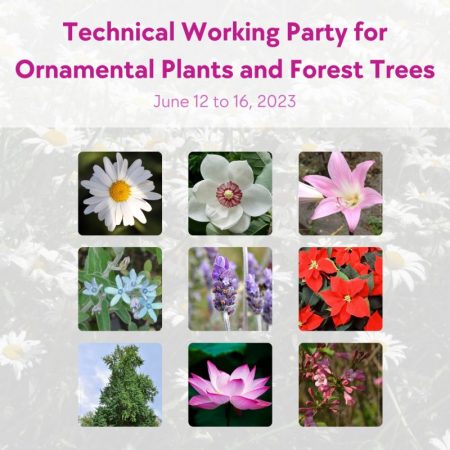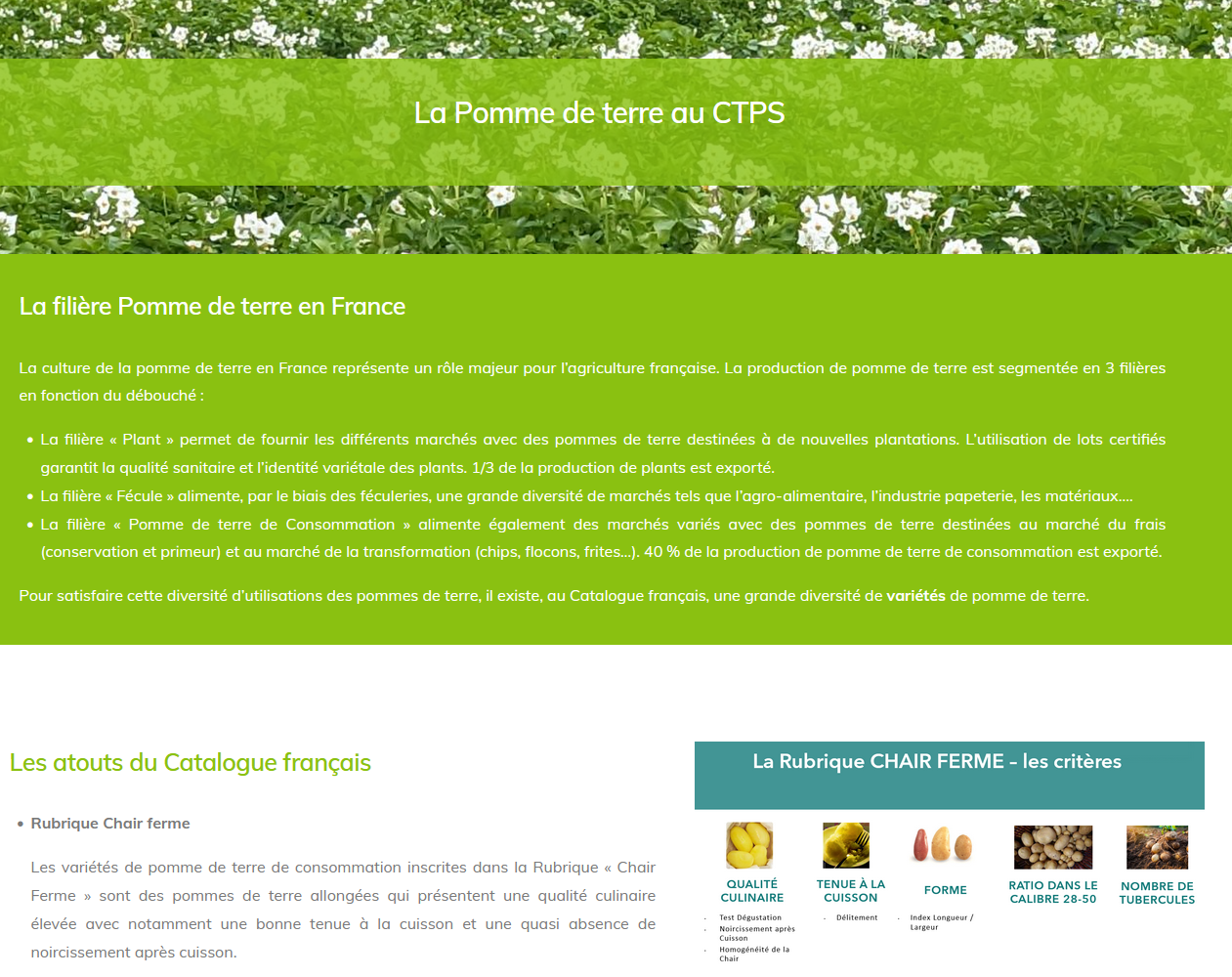
TWO 2023, the UPOV Working Group for Ornamental Plants
UPOV’s Technical Working Party for Ornamental plants (TWO) took place from 12 to 16 June with an online meeting. Over 100 people representing around 30 Member States came together to discuss updates to the technical guidelines for 9 species for the TWO 2023, as well as general texts on plant breeders’ rights and DUS testing methodologies. These include the place of ornamental varieties in agricultural, fruit and vegetable crops, the degree of confidentiality of information derived from molecular markers and a refined organisation of the TWO to allow more discussions in the field.
With regard to technical guidelines, discussions on Amaryllis, Lavender, Oxypetalum and Weigela were finalised and will be implemented during the winter of 2023/24 following approval by the UPOV Technical Committee (end of 2023). Discussions on the technical guidelines for Ginkgo, Lotus, Magnolia, Leucanthemum and Poinsettia will continue at TWO2024, during which discussions on the revision of the guidelines for Zantedeschia, Rhododendron-potted azalea, Dianthus and Aloe will begin.
Ornamental varieties can be derived from field crop species, fruit species or vegetable species. Discussions at TWO2023 led to the conclusion that ornamental varieties should not be excluded from the scope of existing technical guidelines (plant, fruit or agricultural) and that these guidelines could be used as a starting point for ornamental varieties.
Regarding the use of molecular markers, breeders’ associations have argued in favour of their wide and extensive use. The examination offices want greater freedom to share information with other examination offices and inspection authorities (i.e. without having to request authorisation for each variety).
Botanical names were also discussed. In order to promote the use of the same botanical names between UPOV members, the display of synonyms and the introduction of an alert system for botanical name changes were proposed and discussed.
Finally, a proposal to increase the efficiency of the technical working groups was discussed. In particular, this would make it possible to establish technical guidelines on species more quickly and leave more room for discussions in the field, around plants.




